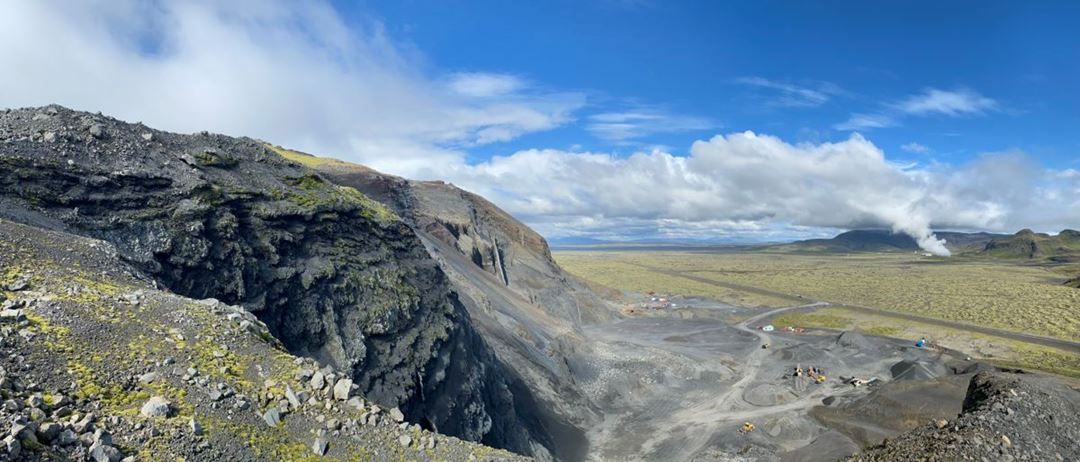The primary objective of this project is to perform R&D that will serve as a basis for development of quality concrete with zero net CO2 emission. This means that the CO2 emission from one unit concrete shall be reduced to a level corresponding to the uptake of CO2 in the unit concrete from later carbonation. The reduced CO2 emission will be obtained by use of less cement and/or Portland clinker in the concrete.
Furthermore, the objective is that Zero Carbon emission Concrete (ZCC) shall obtain a market share of at least 40% in Norway three years after the project ends. This project comprises R&D of cement- and concrete materials as well as critical investigations of the R&D results to develop knowledge of ZCC construction technology.
R&D results that allow a substantial reduction in the content of cement and/or Portland clinker per unit concrete is critical. R&D to reduce water demand of the cement noticeably will be performed as this allows a substantial reduction in cement content per unit concrete. The second critical R&D strategy is related to the development of CEM II/C cement products with up to 50% supplementary cementitious materials, which will reduce the CO2 emission per unit cement with about 20% compared with todays cement products. This is a new type of cement recently standardized (NS-EN 197-5).
Not much knowledge exist about this type of cement. Several R&D challenges for this type of novel cement product will be addressed in the project. Early-age strength development and durability properties are critical. We will focus on the durability properties we consider are most critical for this cement, such as carbonation and freeze-thaw.
Project lead: Heidelberg Materials Cement Norway
Partners: Mapei, Rambøll, Spenncon, NorBetong, Skanska, Sweco, SINTEF, NTNU, Reykjavik University, RISE, Cementa R&D, HeidelbergCement Global R&D, Statens vegvesen, Bane NOR, Statsbygg
Funding: The project is funded by the Research Council Norway (RCN).

